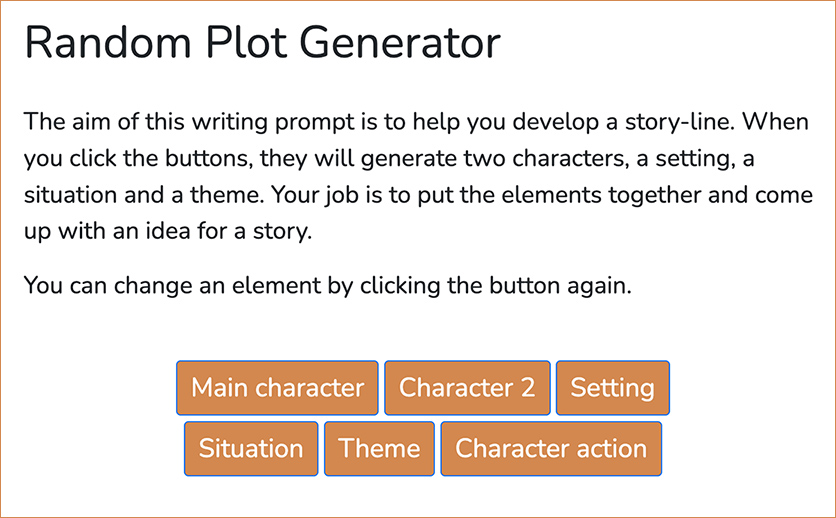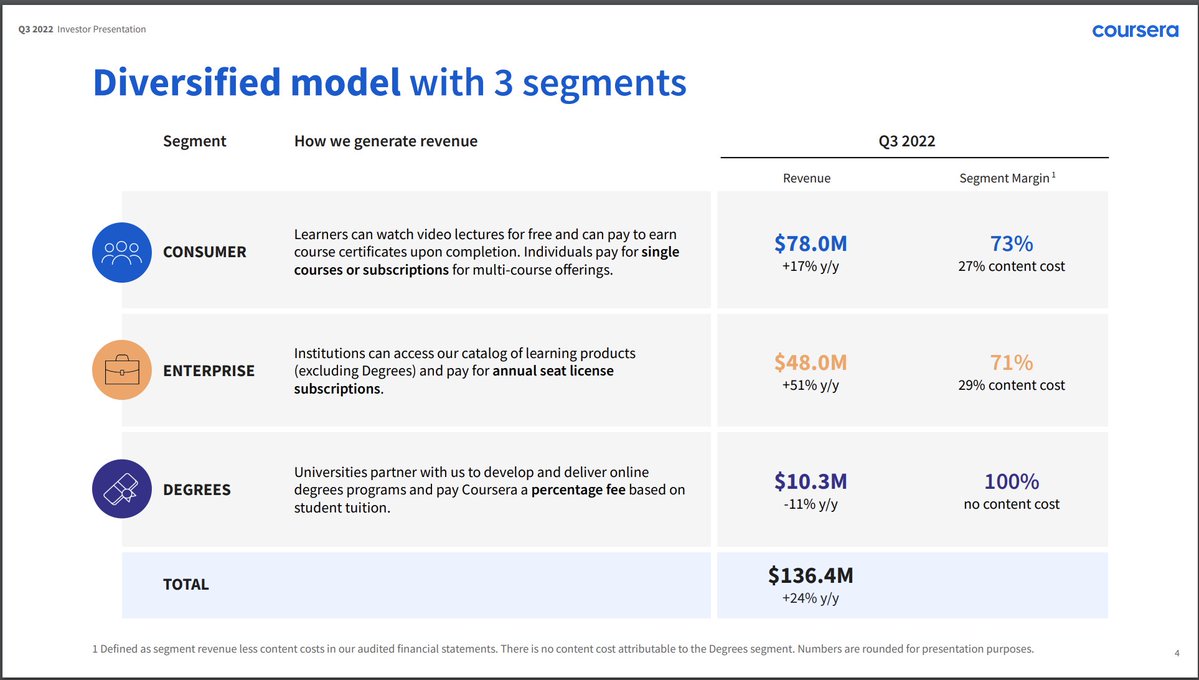Hybrid learning is becoming the norm and not the exception — from benefitspro.com by Joel Kranc
“[Corporate] Learning and development needs to happen where work takes place and learning leaders must place a greater focus on creating blended learning experiences that mirror hybrid work models,” says Jeanne Meister, Executive Vice President, Executive Networks.
Excerpt:
A new survey by Executive Networks and NovoEd highlights the new model as 6 in 10 of the 515 learning leaders at large corporations say hybrid learning is becoming a major part of the learning landscape, and is not just a fad or temporary trend. “Learning leaders are preparing for profound changes as they redesign corporate learning with new delivery methods and rethink how to meet the needs of new audiences,” says Christina Yu, CMO, NovoEd. “The pivot to online learning and the availability of a greater range of technology and tools that can be integrated into learning initiatives, such as social and collaborative learning platforms, make it easier for real-time interaction between cohorts, experts, and mentors.”
















